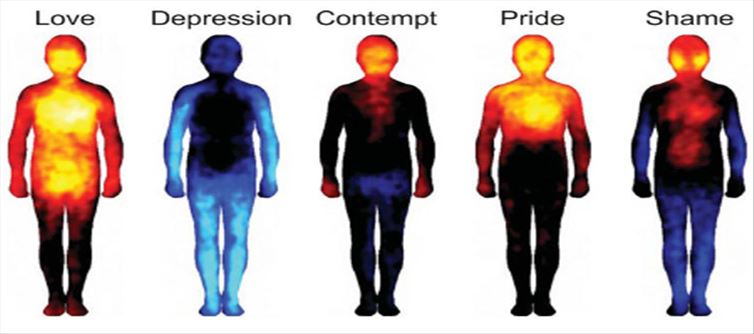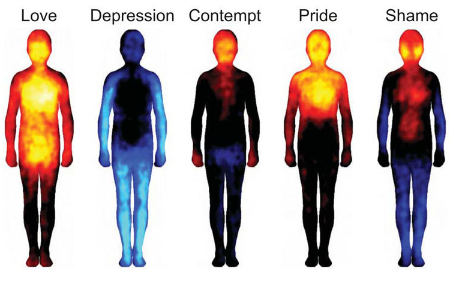
The phenomenon of associating emotions with changes in body colour and temperature has been a long-standing aspect of human expressions. Recently, a study published in the PNAS journal explored the relationship between emotions and physiological changes, aiming to understand how alterations in colour and temperature might be indicative of emotional states.

The research involved 701 participants who were subjected to various emotional stimuli, including stories, movies, and facial expressions, to analyse the corresponding changes in their bodies. Emotional experiences often manifest in distinct physiological changes. For instance, feelings of love may lead to a lighter gait, heightened excitement, and an accelerated heart rate. On the other hand, sensations of restlessness, fear, or nervousness may result in trembling and increased perspiration.
The study sought to investigate whether these changes in body colour and temperature could serve as potential indicators of emotional states. Understanding these physiological responses can have implications for the future treatment of individuals dealing with mental health issues. By recognizing and interpreting the bodily expressions associated with different emotions, researchers aim to contribute to the development of more effective interventions for mental well-being. This exploration delves into the intricate relationship between our emotional experiences and the physical manifestations that accompany them.




 click and follow Indiaherald WhatsApp channel
click and follow Indiaherald WhatsApp channel